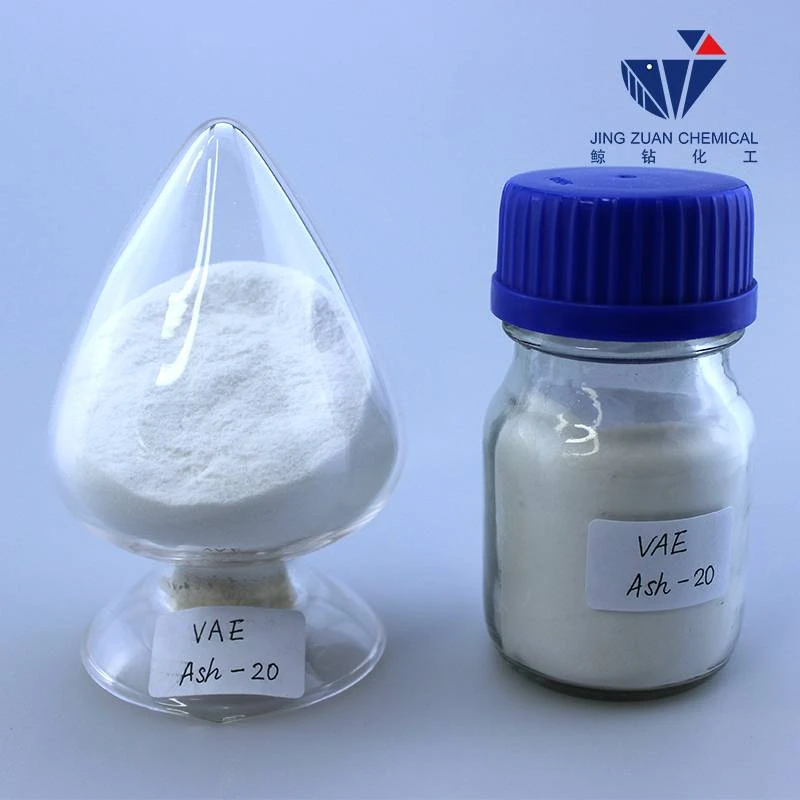
Oct . 17, 2024 00:18 Back to list
Hydroxypropyl Methyl Cellulose Applications and Benefits in Modern Industries
Hydroxypropyl Methylcellulose Versatile Polymer with Diverse Applications
Hydroxypropyl Methylcellulose (HPMC) is a non-ionic cellulose ether that has gained significant attention in various industries due to its unique properties and versatile applications. This compound is derived from cellulose, the fundamental structural component of plant cell walls, through a chemical modification process that introduces hydroxypropyl and methyl groups. The result is a polymer that exhibits both hydrophilic and hydrophobic characteristics, making it suitable for a wide range of functions.
Hydroxypropyl Methylcellulose Versatile Polymer with Diverse Applications
In addition to its applications in food, HPMC is widely utilized in the pharmaceutical industry. It acts as a drug delivery agent in various dosage forms, including tablets, capsules, and suspensions. The polymer can control the release of active pharmaceutical ingredients, enabling sustained-release formulations that enhance therapeutic outcomes and patient compliance. Moreover, HPMC's biocompatibility and non-toxic nature make it an attractive option for developing pharmaceutical excipients. It is also used in ophthalmic formulations, where it acts as a lubricant, enhancing the viscosity of eye drops while providing comfort to users.
hydroxypropyl methyl cellulose

Another significant area of application for HPMC is in the construction industry. Due to its water-retaining properties, HPMC is added to cement-based products, such as mortar and plaster. It improves workability, ensuring that these materials maintain their performance during application and setting. HPMC also helps to prevent cracking and shrinkage, leading to enhanced durability of construction materials. Because of these benefits, it has become a standard additive in the production of tile adhesives, leveling compounds, and interior coatings.
The cosmetic and personal care industry also benefits from HPMC's versatile properties. It is frequently used as a thickening agent in lotions, creams, and gels, providing a desirable texture while stabilizing formulations. Additionally, HPMC enhances the adhesion of products, ensuring they stay on the skin or hair longer. Its mildness and compatibility with various ingredients make it suitable for sensitive skin formulations, thereby expanding its use in hypoallergenic products.
Environmental sustainability is becoming increasingly important in today's world, and HPMC aligns well with this trend. As a plant-derived material, it is biodegradable and non-toxic, posing minimal impact on the environment. Its incorporation into products can contribute to green initiatives, appealing to environmentally conscious consumers and manufacturers looking to reduce their ecological footprint.
In conclusion, Hydroxypropyl Methylcellulose is a multifaceted polymer with a wide range of applications across industries such as food, pharmaceuticals, construction, and cosmetics. Its unique properties allow for enhanced functionality in products, from thickening and stabilizing to controlling drug release and improving texture. As industries continue to seek sustainable and effective solutions, HPMC is poised to play an even more significant role in future innovations, ensuring its relevance for years to come.
-
Versatile Hpmc Uses in Different Industries
NewsJun.19,2025
-
Redispersible Powder's Role in Enhancing Durability of Construction Products
NewsJun.19,2025
-
Hydroxyethyl Cellulose Applications Driving Green Industrial Processes
NewsJun.19,2025
-
Exploring Different Redispersible Polymer Powder
NewsJun.19,2025
-
Choosing the Right Mortar Bonding Agent
NewsJun.19,2025
-
Applications and Significance of China Hpmc in Modern Industries
NewsJun.19,2025







